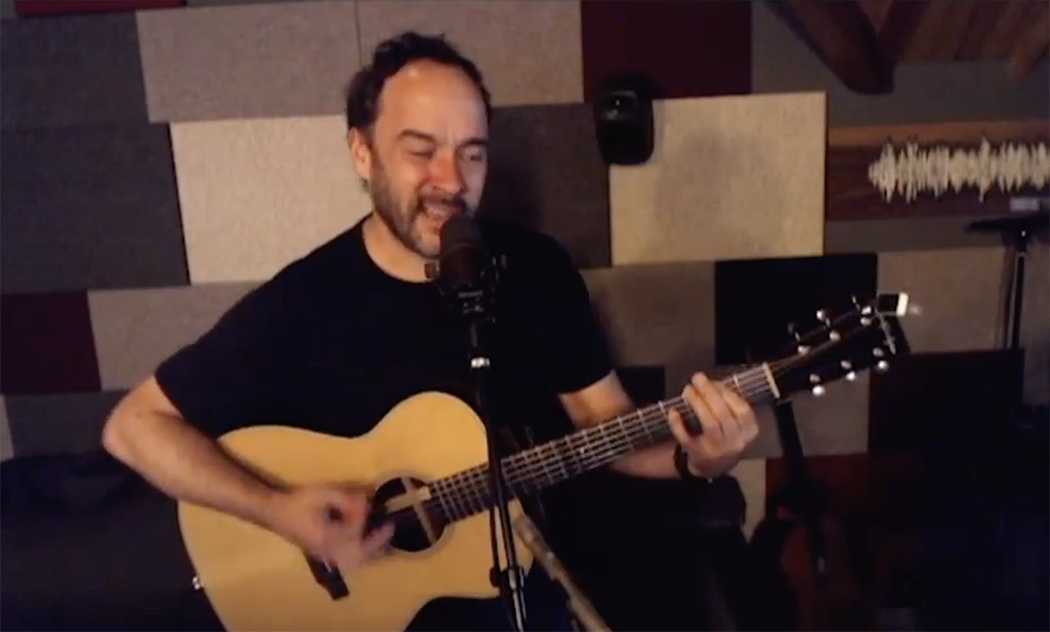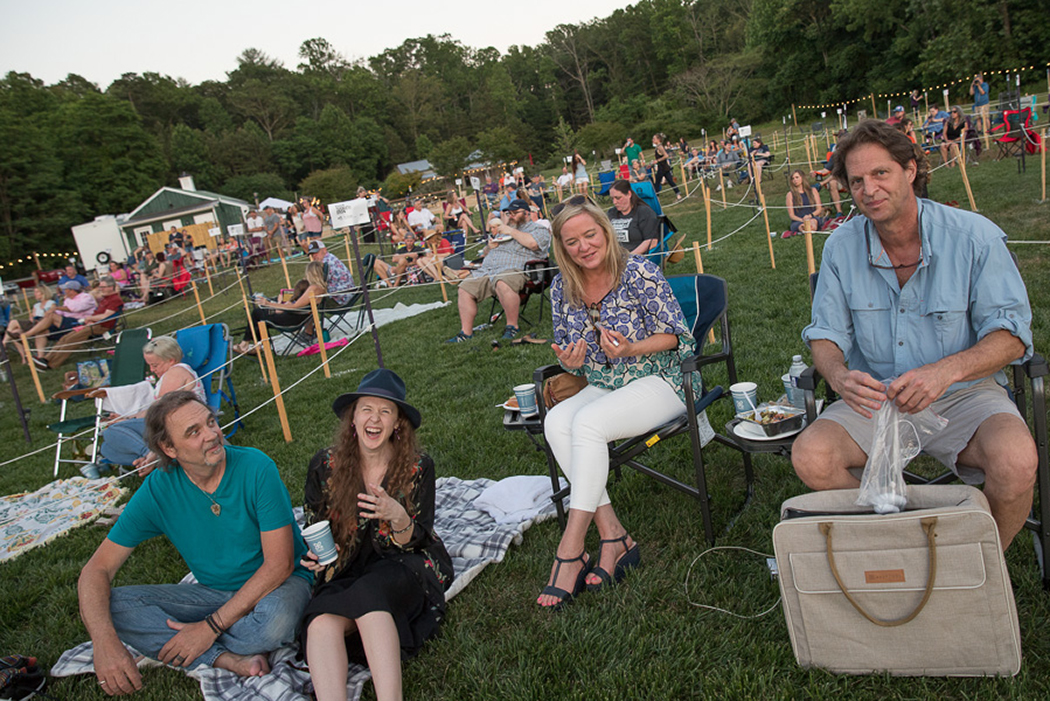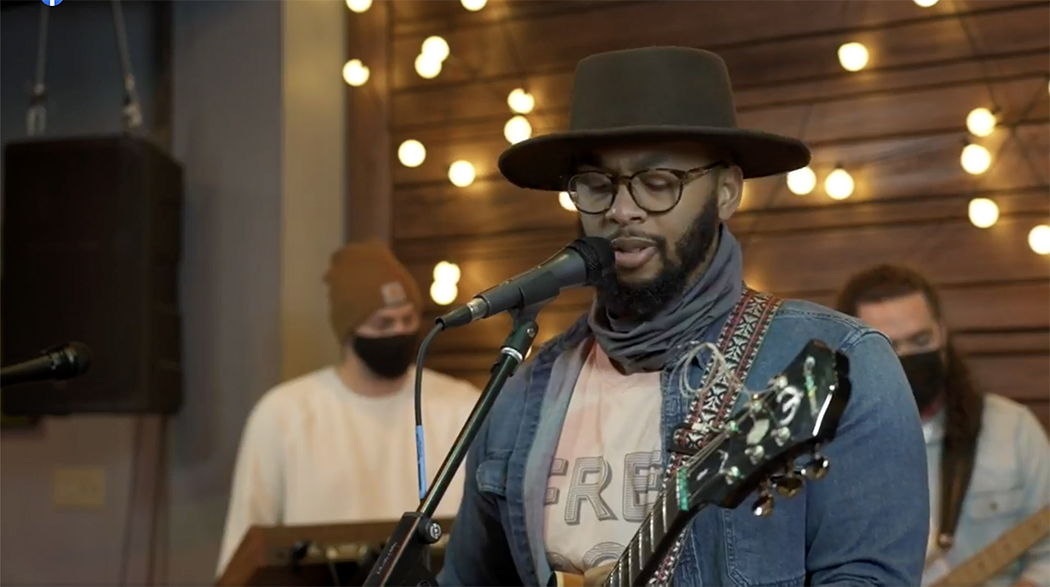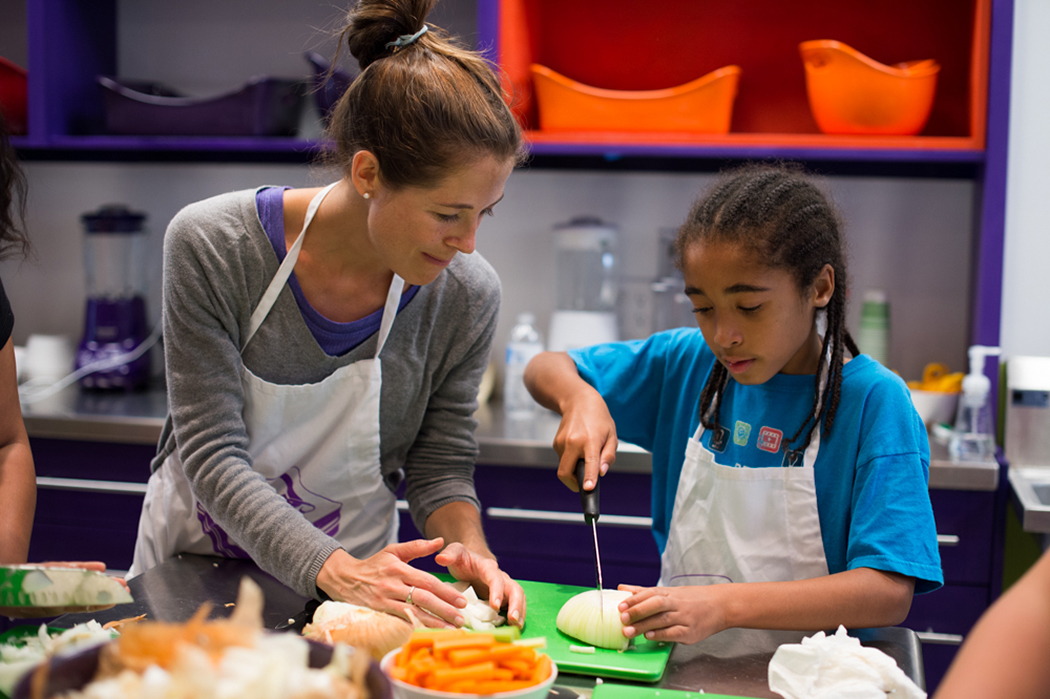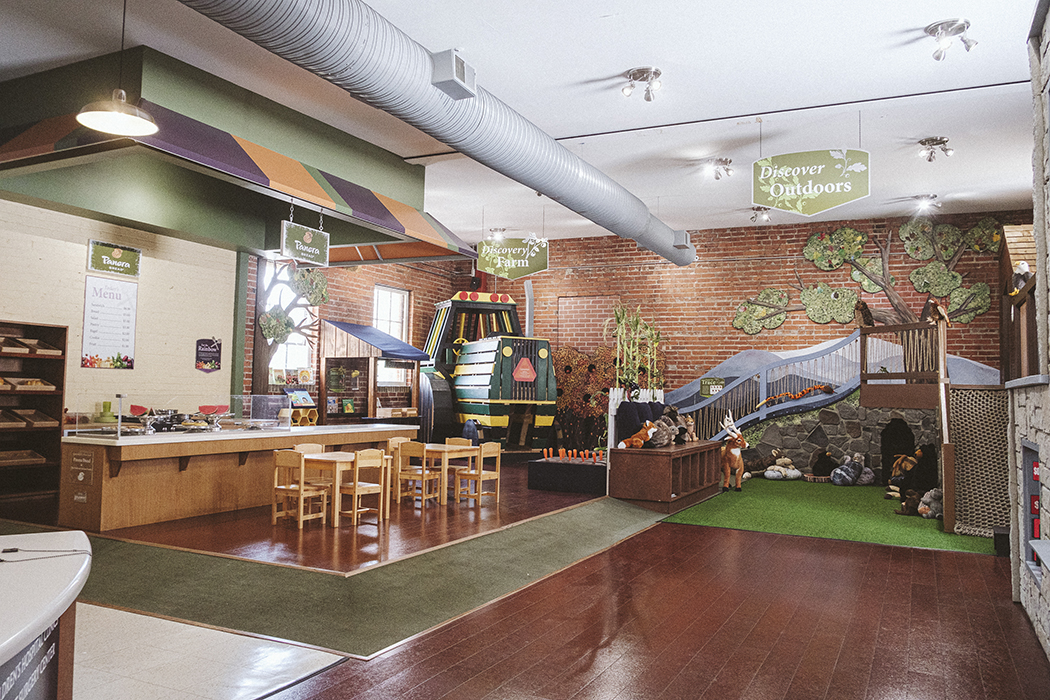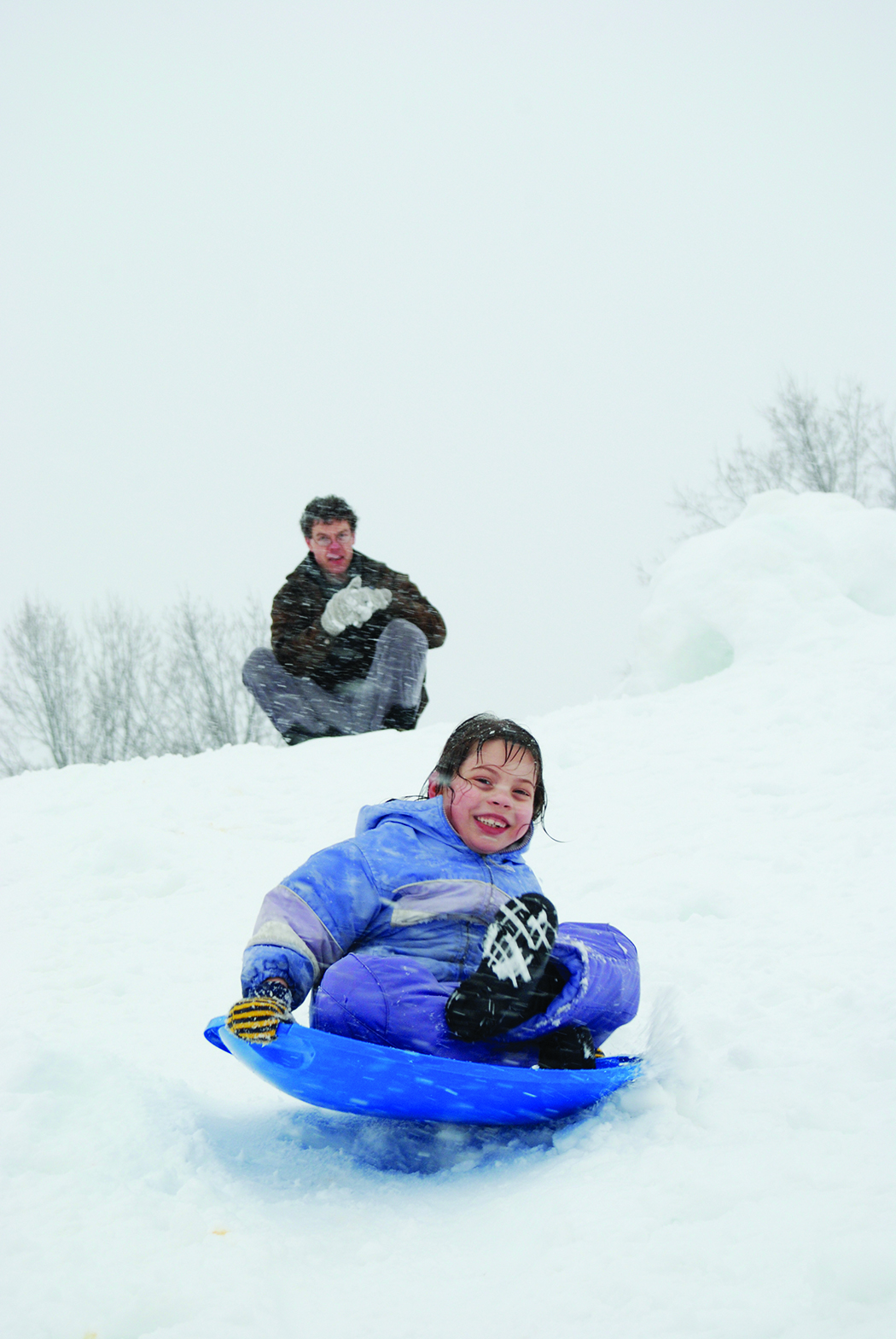If you’re expecting the same old, same old (a basket filled with dress-up clothes, say, or some beat-up Legos and a small train table or two), you’re in for a huge surprise when you step inside the Virginia Discovery Museum on the Downtown Mall.
The first thing you see is Amazing Airways, a tangle of tubes adhered to the front window that allows kids to experience airflow as they yank levers and slide shafts to send balls and scarves whooshing through the twists and turns of a pneumatic air system. A few feet away is the Magnet Wall for gravity exploration, and across from that is the Automoblox, designed by Charlottesville High School BACON (Best All-around Club of Nerds) students to teach little ones about force, mass, motion, and friction. And that’s just the beginning of the fun (and learning) in the Front Gallery, which was completely renovated in 2016.
Next door is the Construction Zone, equipped with several building spaces to create architectural wonders while facilitating teamwork and gross- and fine-motor skills, and a log cabin that allows kids to travel back in time to experience life in 1700s Virginia. Not far away is the book-filled Literacy Lounge, the calm and quiet Sensory Studio, and the Creation Station art space. In the museum’s real-world Back Gallery, renovated in 2018, children can run a bank or post office, simulate a visit to the doctor, cook up goodies at a café, and tend to crops on their farm.
When asked if some exhibits are more popular than others, Janine Dozier, VDM’s executive director, says everything is “designed to encourage children to use their imagination to incorporate elements from all of the exhibits into a custom museum experience each time they visit.” It’s not uncommon, she adds, for the staff to find a robot created with Construction Zone blocks in the Colonial cabin, or coins from the Financial Fundamentals bank tucked for safe-keeping in a Literacy Lounge book.
“As the museum has worked to fulfill its mission of being a place for play and learning for all, we have developed more richly layered exhibits for use by all ages and abilities,” Dozier says. “To inspire children to use their imagination, there are no rules for how to engage with an exhibit—it’s up to every child to chart their own adventure.”
Founded in 1981, the VDM is in its 40th year of consecutive operation. It moved to the Downtown Mall in 1990, and, according to Dozier, has “been a key driver of the downtown economy ever since.” Before the pandemic, the museum had welcomed more than 70,000 visitors a year, 23 percent of whom are there thanks to free admission programs. The Discovery Museum’s “most important work in recent years has been ensuring that it is an inclusive and accessible resource for all families in our community,” Dozier says.
But the VDM took a huge hit when COVID-19 forced it to keep its doors closed for more than a year (it reopened in May to groups with reservations and for scheduled programs, and hopes to reopen for general admission around Labor Day). And while its free or low-cost virtual programs were well-attended during the shutdown, the museum lost over $400,000, and will rely heavily on donations for the foreseeable future. Dozier hopes to raise $200,000 through the museum’s Discover VDM, Again campaign (vadm.org/donate), which, among many other things, will allow for the refurbishment of the iconic Downtown Mall carousel.
“The Virginia Discovery Museum is a cornerstone of arts and culture in Charlottesville,” Dozier says. “Everyone is welcome, and everyone at the museum shares the common interest of seeing all of our community’s children learn, find joy, and thrive.”
